A Russian military exercise in the Caspian Sea. Photo: Russian Defense Ministry
Analysts say there are several routes Iran could use to ship weapons and ammunition to Russia.
Sea route
The Caspian Sea could provide a direct shipping route between Iran and Russia as shipping traffic in the area increases. As cooperation between the two countries deepens, Iran may have used the sea route to transfer drones and artillery shells to Russia, experts say. Shipping data shows that many ships in the Caspian Sea area are increasingly “sail-ing at night” to avoid being tracked or monitored.
Lloyd's List Intelligence, a maritime data services company, said the number of ships in the Caspian Sea increased dramatically in September 2022. The information was released shortly after the U.S. and Ukrainian governments said Russia had purchased drones from Iran for use in attacks in Ukraine. Moscow has increased the frequency of drone attacks on Ukraine's critical energy infrastructure since last fall.
Experts say the West’s ability to stop Iran’s arms shipments through the Caspian Sea route is limited. “There is little risk to Iranian exports in the Caspian Sea because the countries that share a maritime border with Iran have no ability or incentive to interfere with these types of transactions,” said Martin Kelly, a senior intelligence analyst at security firm EOS Risk Group. Azerbaijan, Turkmenistan and Kazakhstan, which have ports on the Caspian Sea, are all former Soviet states.
Iranian cargo ship. Photo: Sputnik
“This is a perfect environment for Iranian arms exports to go smoothly,” Kelly noted. According to the expert, the number of ships with transponders turned off in the Caspian Sea increased between August and September 2022. Lloyd’s List Intelligence also said that there were many gaps in tracking ships in the Caspian Sea in the first months of 2023.
The International Maritime Organization requires most ships to be equipped with automatic identification systems (AIS) to provide information about their position, direction, speed, and identity to other ships and coastal authorities. This information helps vessels avoid collisions and can also help in times of trouble. But ships can turn the system off to avoid revealing their route, destination, or to avoid being detected when they arrive at port. This is especially true of ships carrying weapons, says Bridget Diakun, global shipping analyst at Lloyd's List.
Bridget Diakun noted that in late 2022, the number of Russian and Iranian vessels calling at Caspian Sea ports increased significantly compared to normal levels. According to Lloyd's List Intelligence, most of the gaps in tracking data occurred with Russian- and Iranian-flagged cargo ships near the Iranian ports of Amirabad and Anzali, as well as the Volga River and the Russian port of Astrakhan. The West believes that Iranian vessels' activities in the Caspian Sea are mainly to export drones to Russia.
Air
In addition to the sea route, some Western officials and observers have also accused Iran of sending weapons and supplies to Russia by air. The National Resistance Center of Ukraine said that three Iranian state-owned airlines and a private airline, Mahan Air, transported drones and “UAV operators” to Moscow.
Earlier in 2022, the US Department of Commerce identified four Iranian cargo planes that it said had flown to Russia in violation of US export controls. US officials said, analyzing data from Flightradar24, that the four cargo planes made at least 85 trips to Moscow airports between May 2022 and March 2023.
In November 2022, Iran admitted to supplying a limited number of drones to Russia, but Foreign Minister Hossein Amir-Abdollahian insisted the shipment had been shipped before the conflict in Ukraine broke out and the sale did not violate UN regulations.
For its part, Russia has condemned the Western sanctions. Russian Foreign Ministry spokeswoman Maria Zakharova said speculation that the country was using Iranian drones was “groundless speculation”, after Ukraine and its Western partners claimed to have evidence of Russia’s use of them in Ukraine.
Analyst Martin Kelly said: “It is possible that some Iranian airlines have transported UAVs to Russia. However, when comparing the volume of goods that can be transported in one trip, a ship has a larger capacity and can carry more goods than an airplane.”
The increasingly close ties between Russia and Iran
Observers predict that Iranian and Russian naval activity in the Caspian Sea will remain high in 2023, and Moscow’s influence in the region will grow. Cooperation in the Caspian Sea, away from Western influence and interference, will strengthen both Russia and Iran.
“The Caspian Sea is a convenient route for both sides to avoid sanctions and potentially supply each other with weapons,” noted Aniseh Bassiri Tabrizi, head of the Middle East and North Africa program at the Royal United Services Institute (RUSI).
Even before the Russia-Ukraine conflict, there was a lot of interest in the Caspian Sea route. “This sea route used to get little attention, but for many years, the countries bordering the Caspian Sea have been keen to strengthen the sea route and generate more trade,” said Bridget Diakun, a data analyst at Lloyd’s List Intelligence. “Expanding maritime trade routes has long been on the agenda of countries in the region.”
The Caspian Sea is a major transit route for goods from Asia to Europe and vice versa, but it is also a “hotspot for ships trying to evade sanctions,” according to Bridget Diakun.
Istanbul-based consultancy Bosphorus Observer said Iran invested in the upgrade of Russia's Astrakhan port before the conflict broke out to increase the shipment of goods to Europe via a route that could avoid sanctions.
Iran is also helping Russia with a multi-year dredging project on the Volga River, which will allow heavier cargo to be transported to the port of Astrakhan and the Black Sea region via the Volga-Don Canal, the Bosphorus Observer reported.
Hong Anh/VOV.VN
Source link



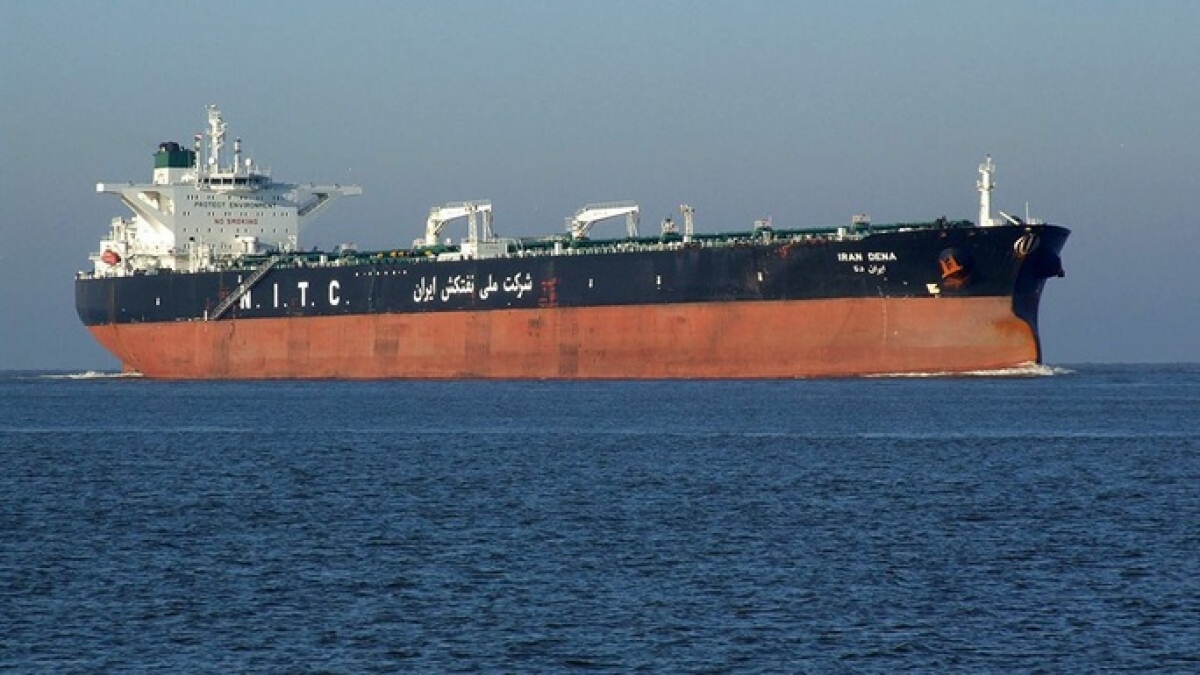




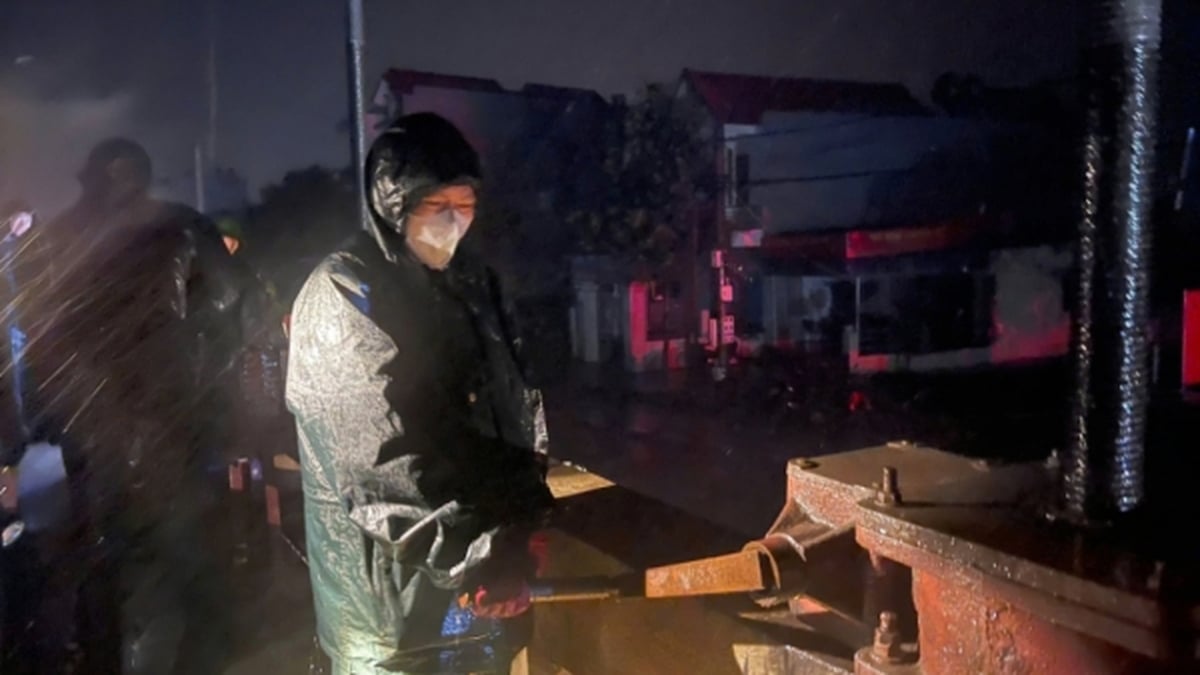
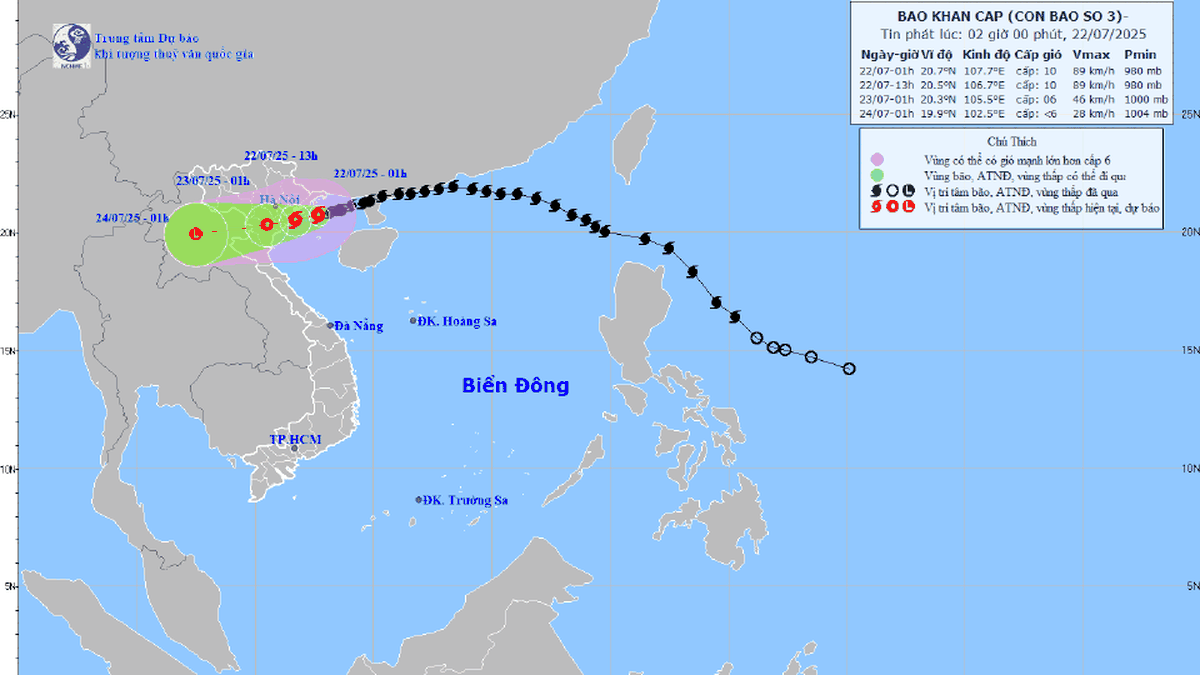
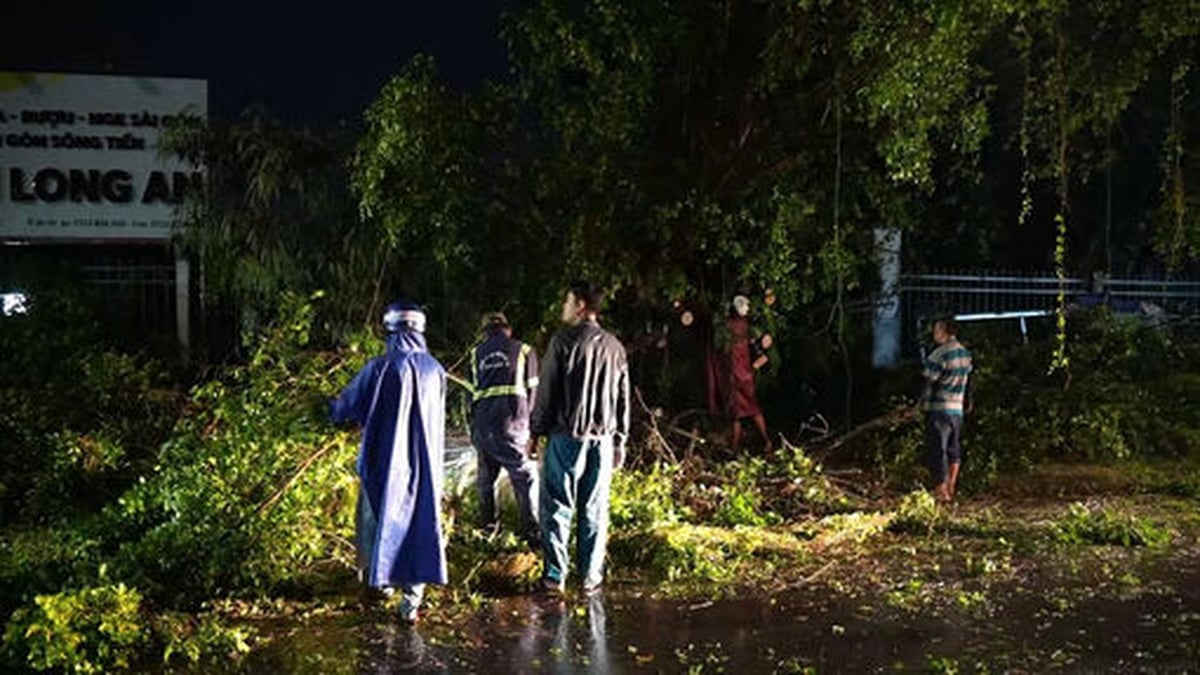

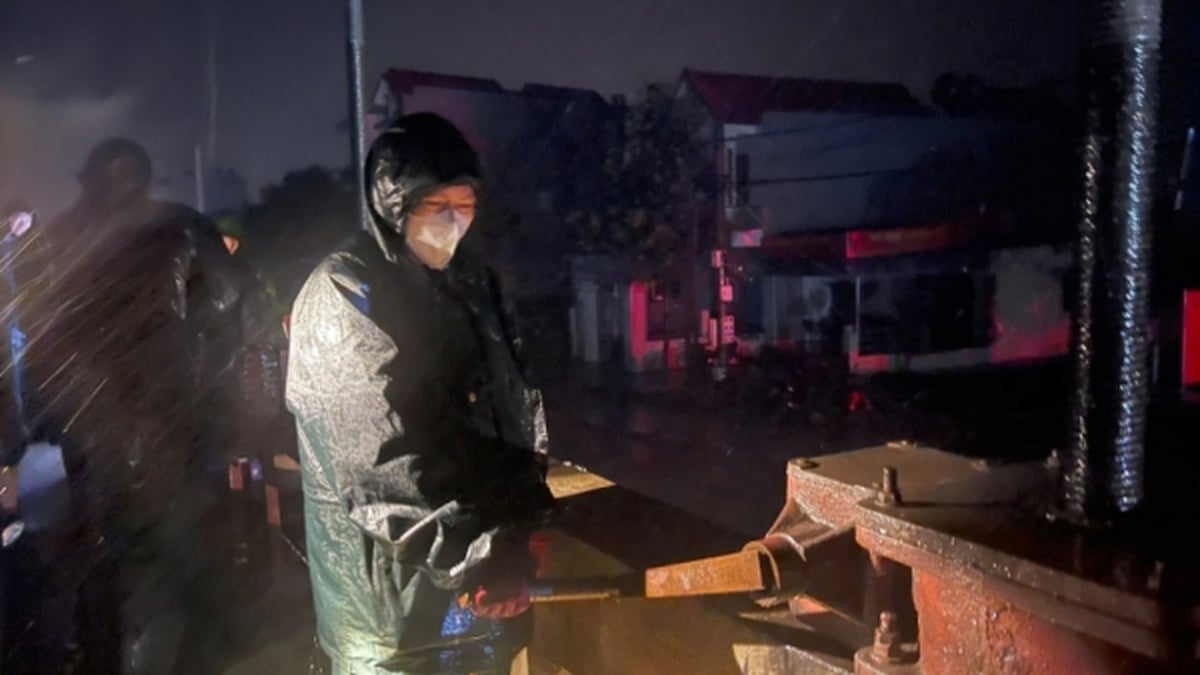



















![[Photo] National Assembly Chairman Tran Thanh Man visits Vietnamese Heroic Mother Ta Thi Tran](https://vphoto.vietnam.vn/thumb/1200x675/vietnam/resource/IMAGE/2025/7/20/765c0bd057dd44ad83ab89fe0255b783)







































































Comment (0)